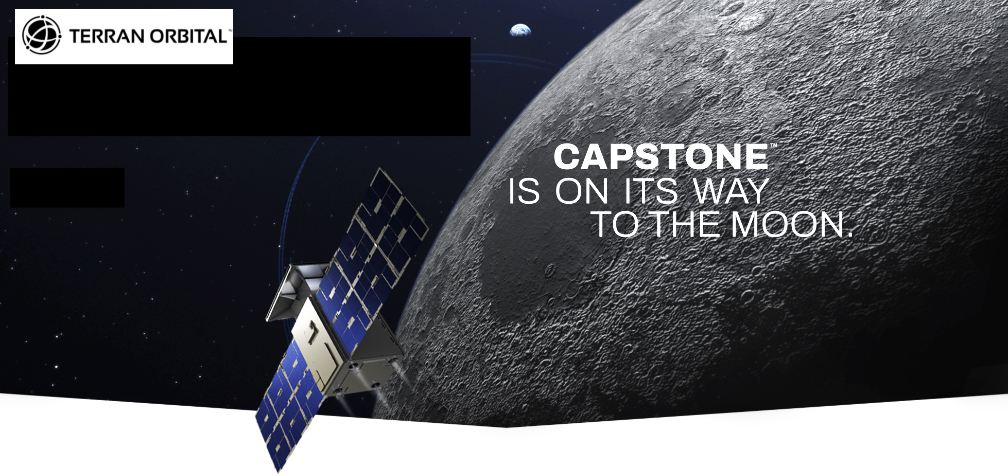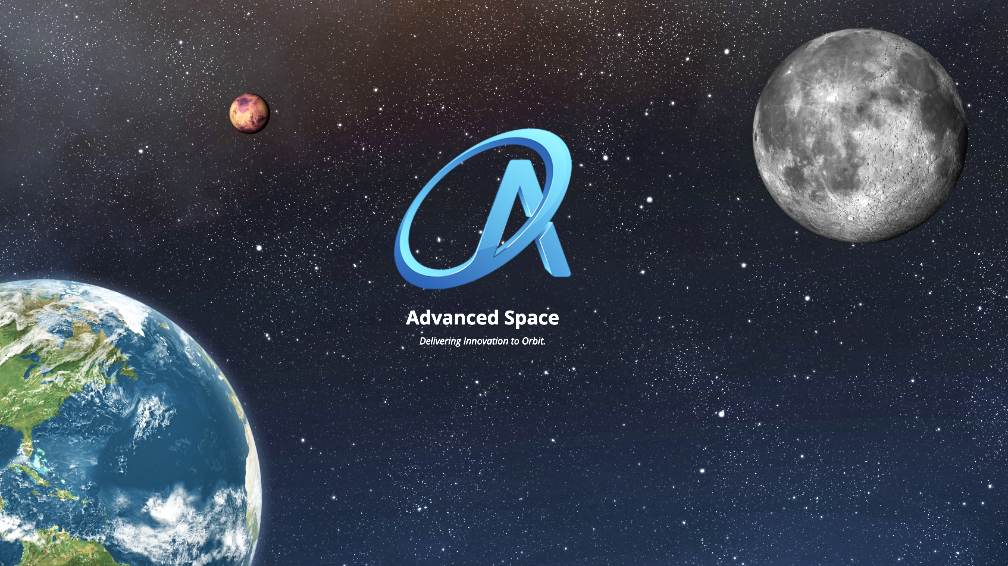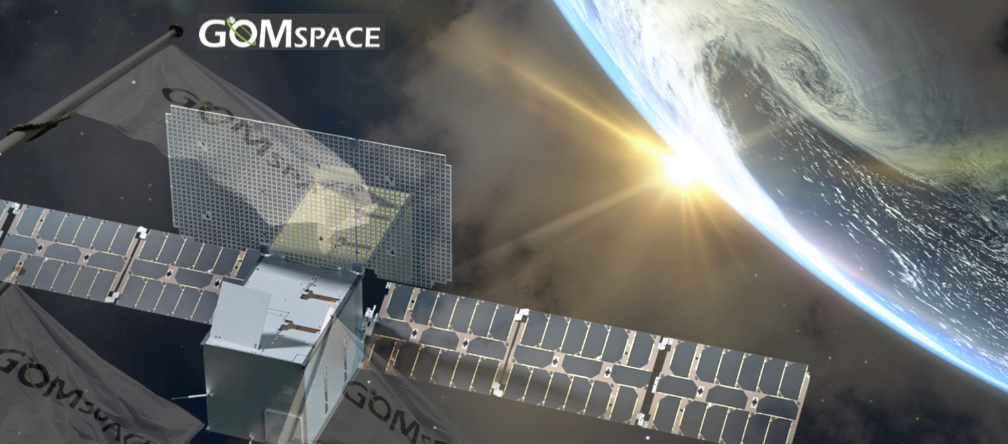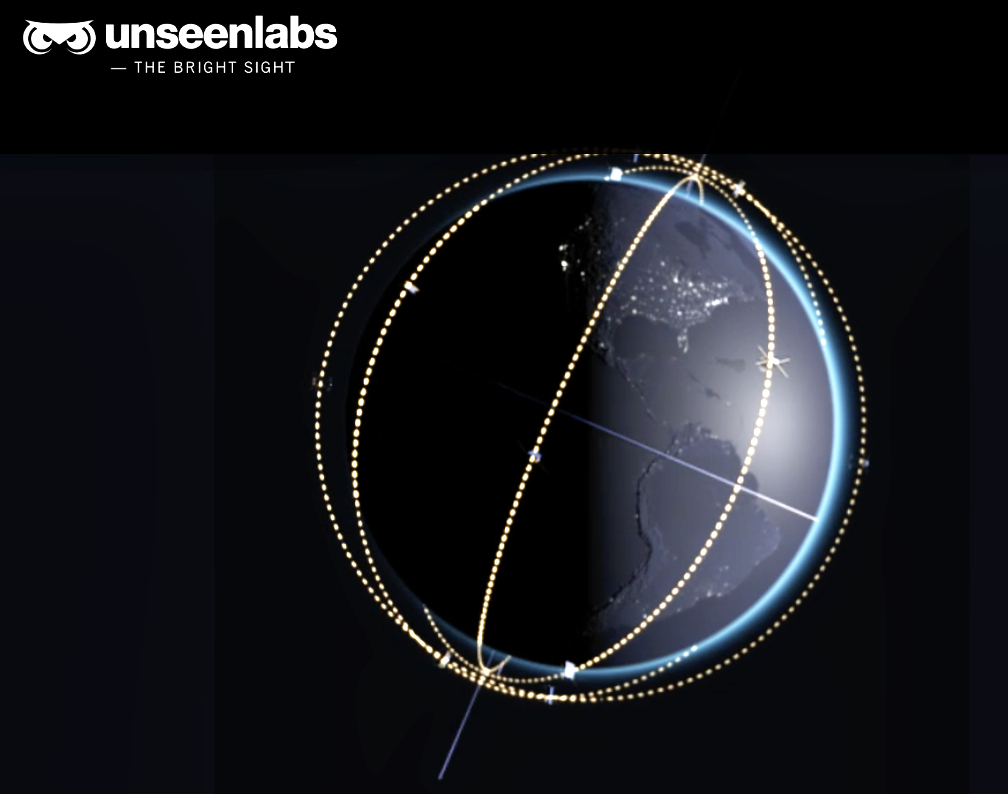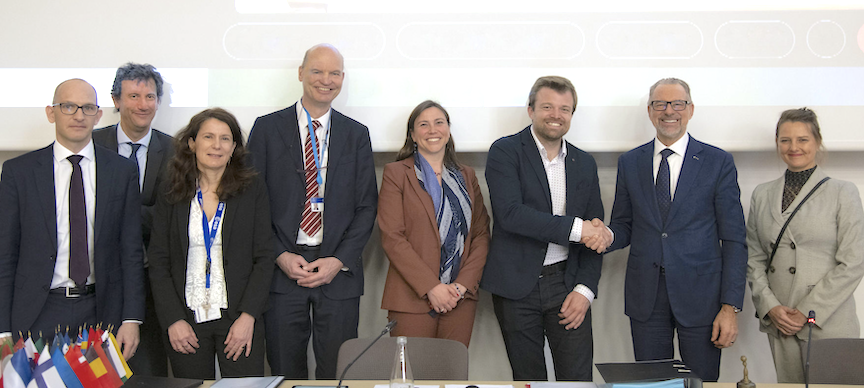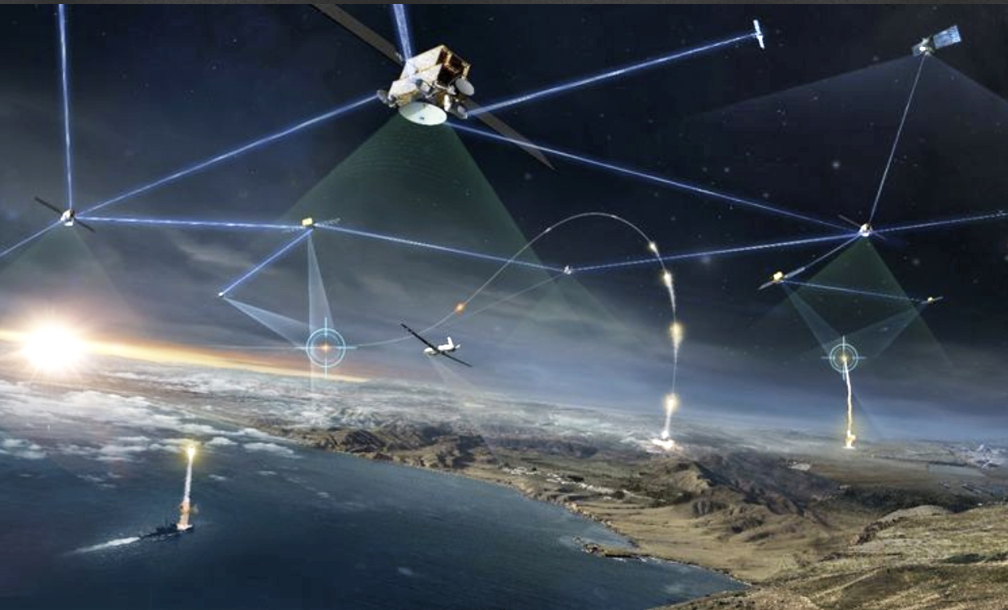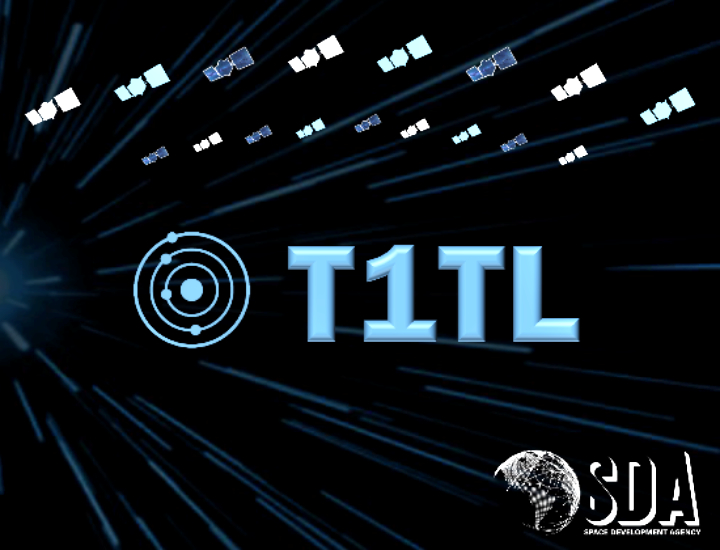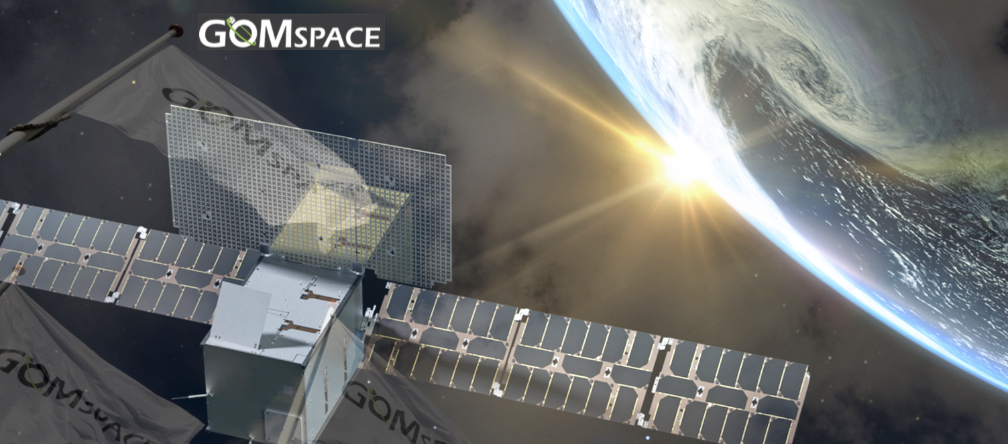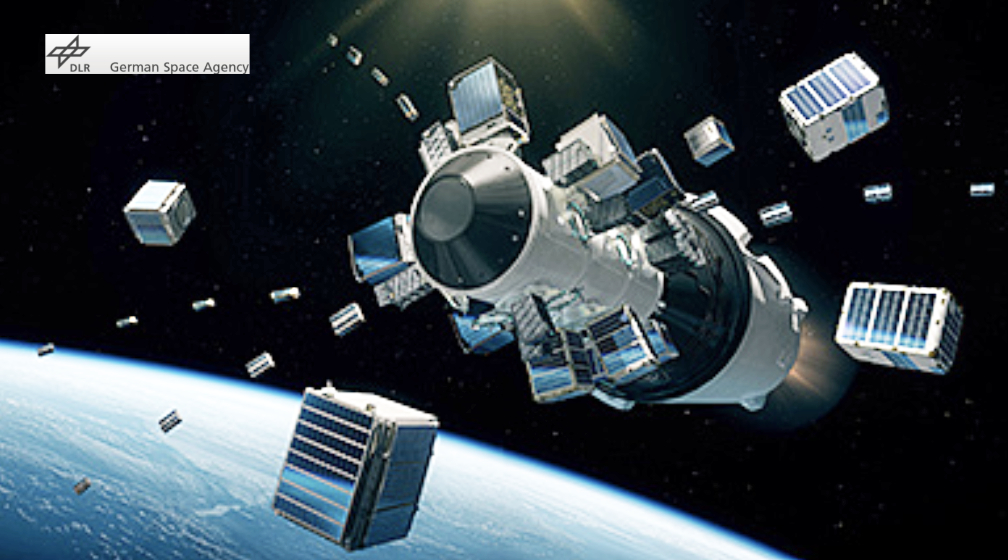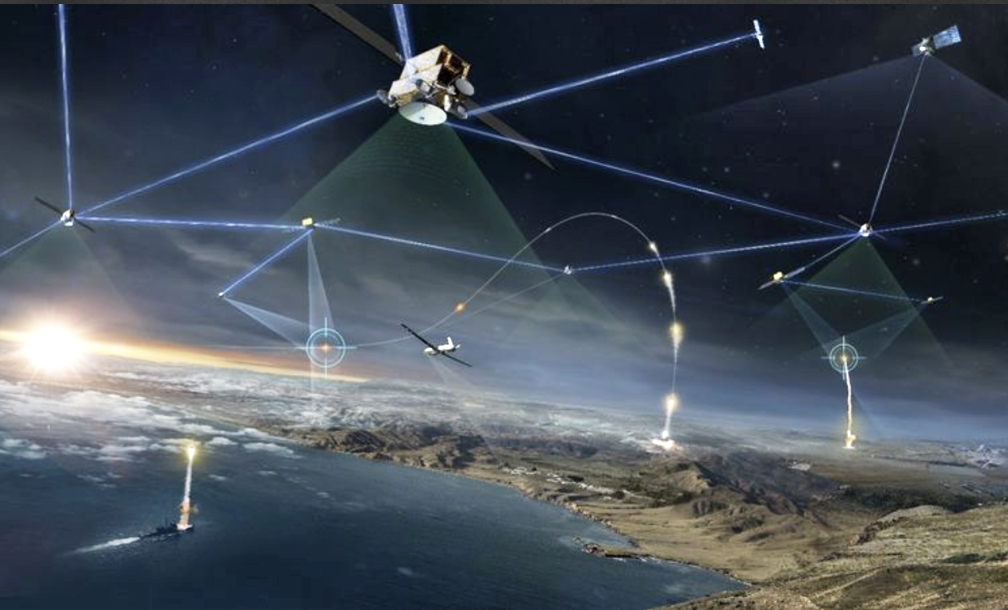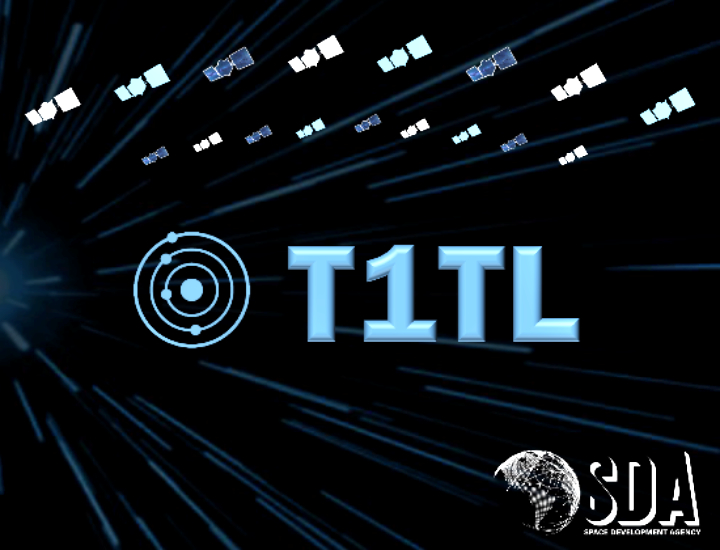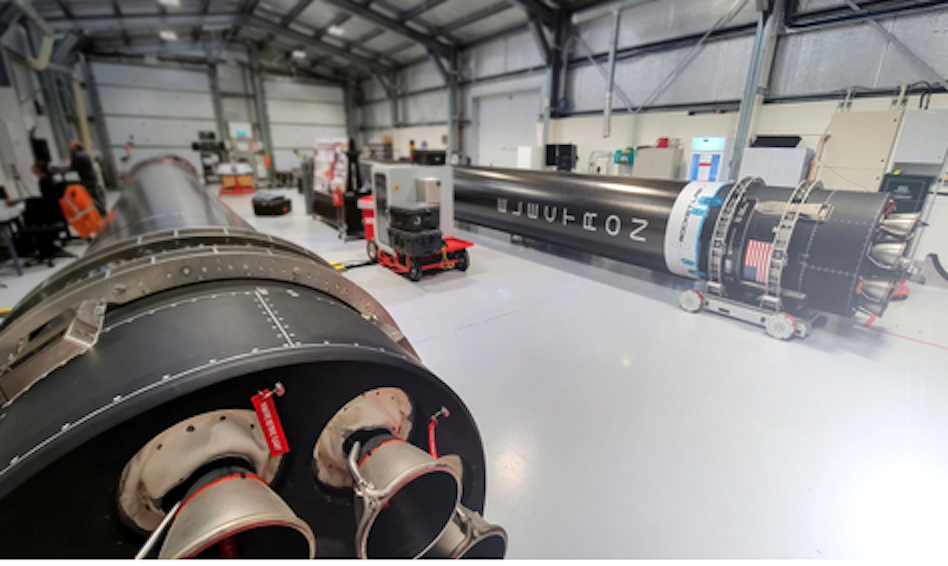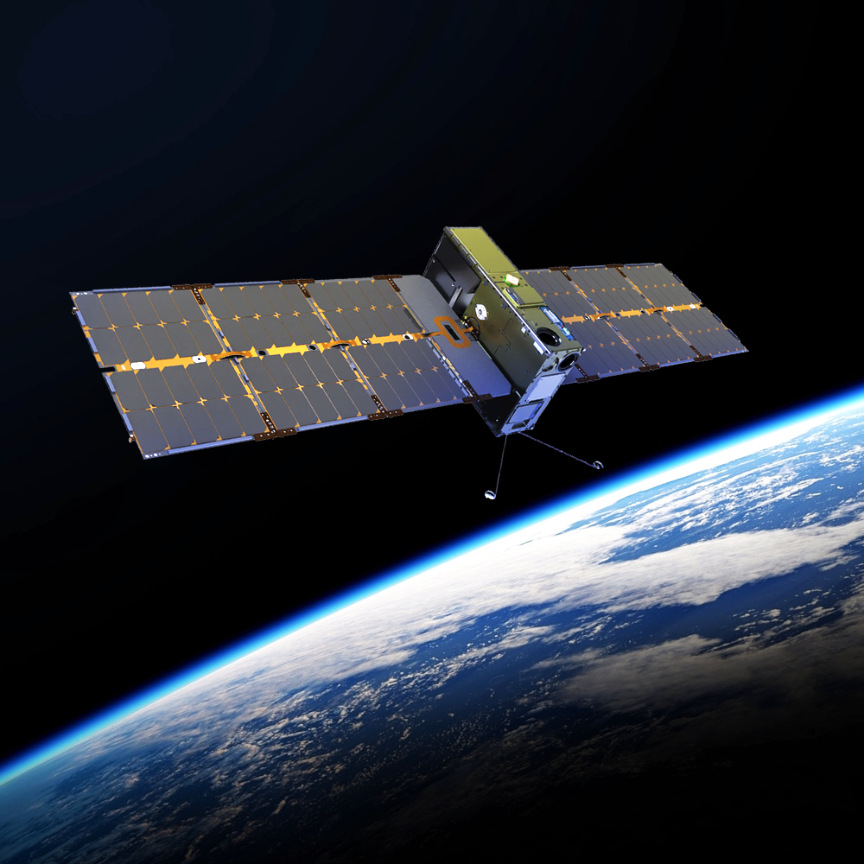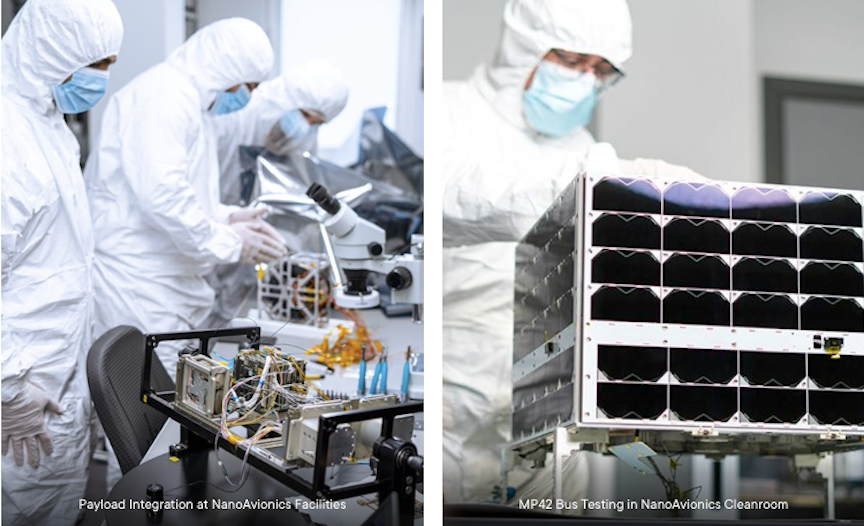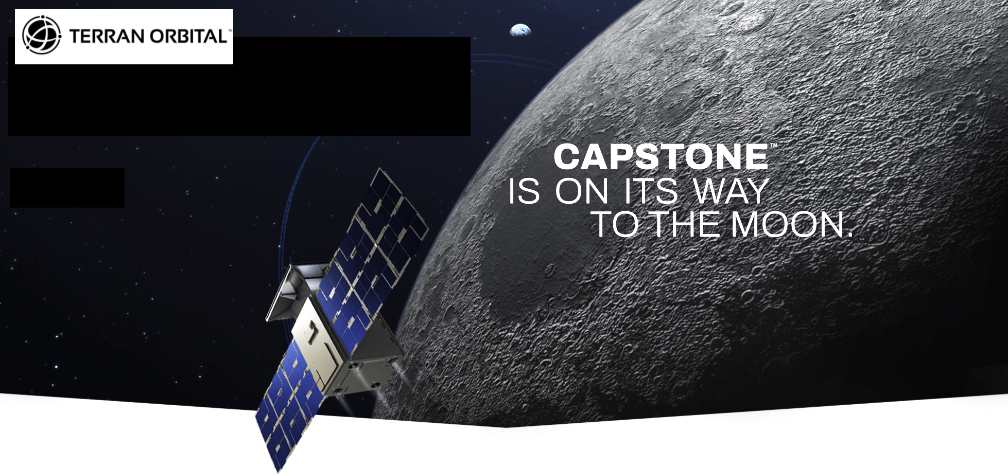
Terran Orbital Corporation (NYSE: LLAP) has successfully completed the NASA CAPSTONE satellite’s first TCM burn (TCM-1)
As the first statistical maneuver of the mission, TCM-1 is designed to clean up expected dispersions from the launch vehicle injection – enabling CAPSTONE to continue its pathfinding lunar journey in support of NASA’s Artemis program.
Terran Orbital Guidance Navigation and Control systems perfectly performed the maneuver as designed by Advanced Space.
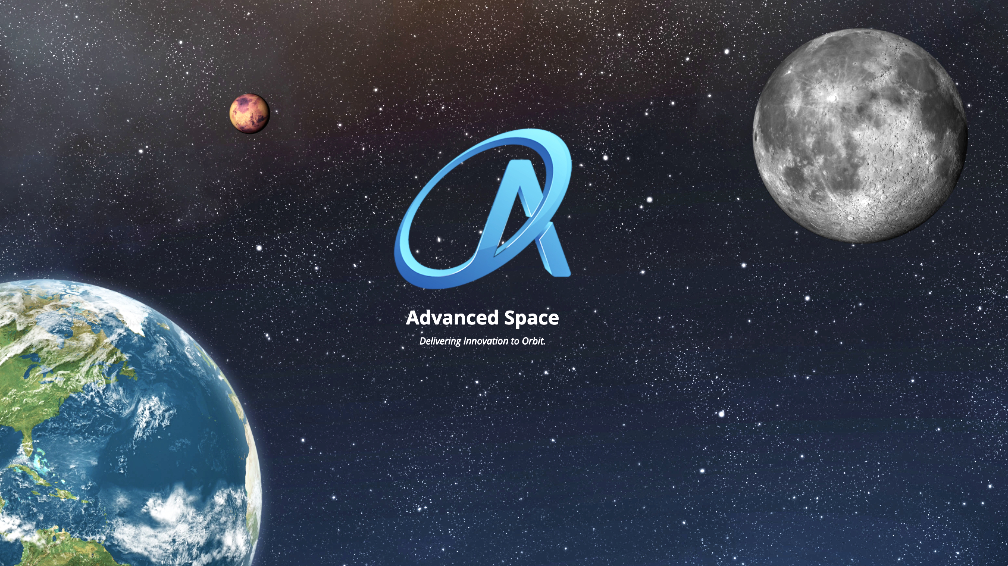
The maneuver was designed based on navigation information collected by the Deep Space Network and processed by the Advanced Space flight dynamics team.

Terran Orbital’s Mission Operations Center commanded the burn and processed the post-burn telemetry. Optimized for precise maneuvers, TCM-1 is the first maneuver executed by the CAPSTONE spacecraft using its onboard propulsion system.
The maneuver was designed to be approximately 20 m/s. Initial radiometric-based reconstruction suggests TCM-1 achieved approximately 19.85 m/s, which represents a deviation of approximately 0.75 % — well within expectations and predictions. At the time of maneuver execution, the spacecraft was approximately 465,000 km. from the Earth.
Prior to the maneuver, the spacecraft was on a trajectory that would take it approximately 1.2 million km. from the Earth. With the completion of TCM-1, the spacecraft is now targeting a trajectory that will take it approximately 1.4 million km. from Earth.

